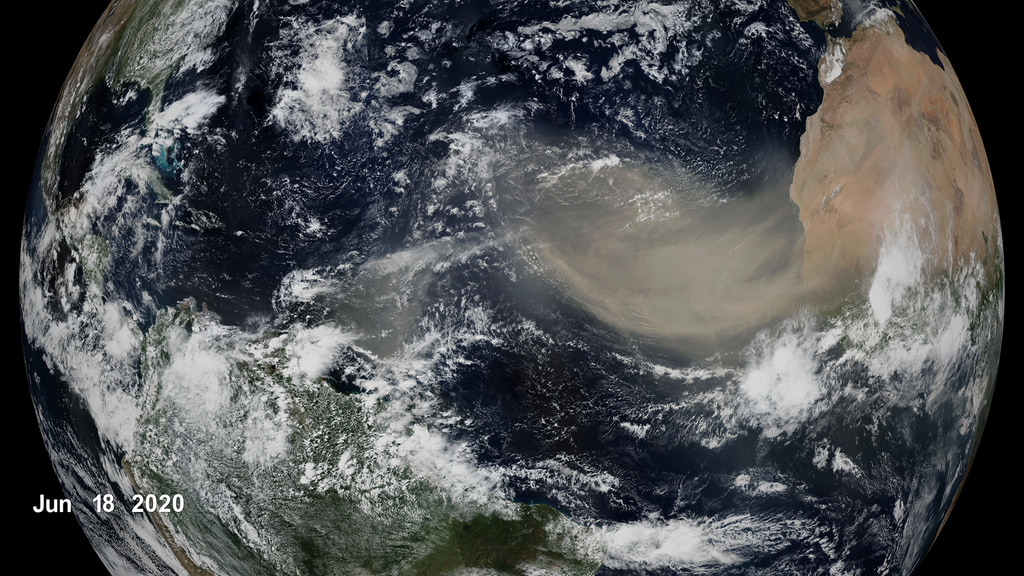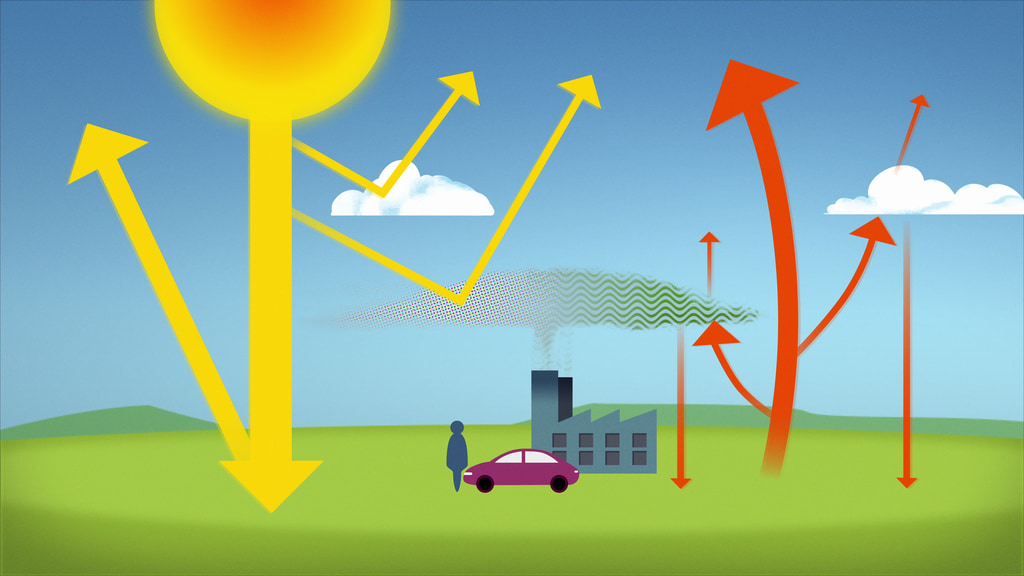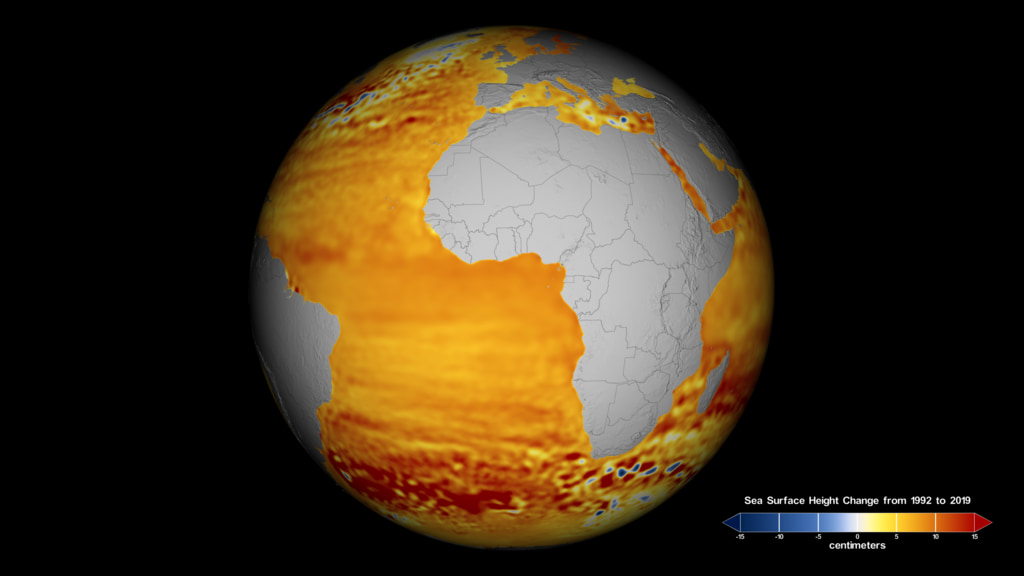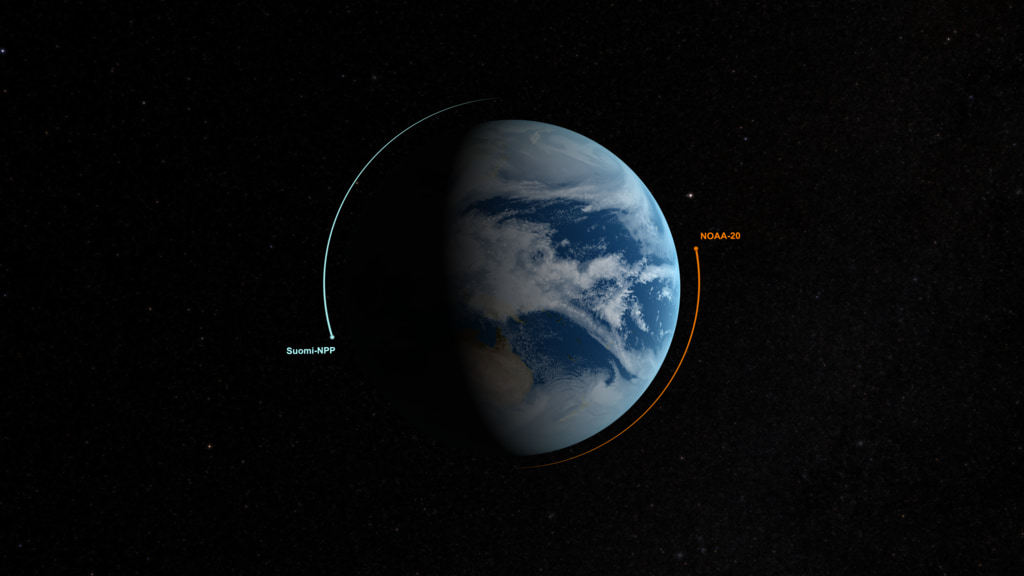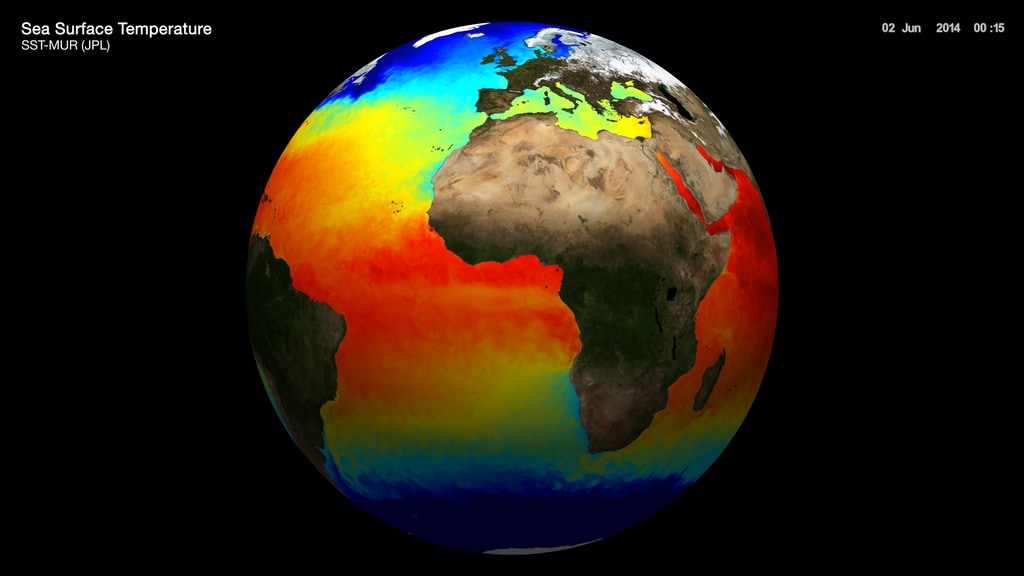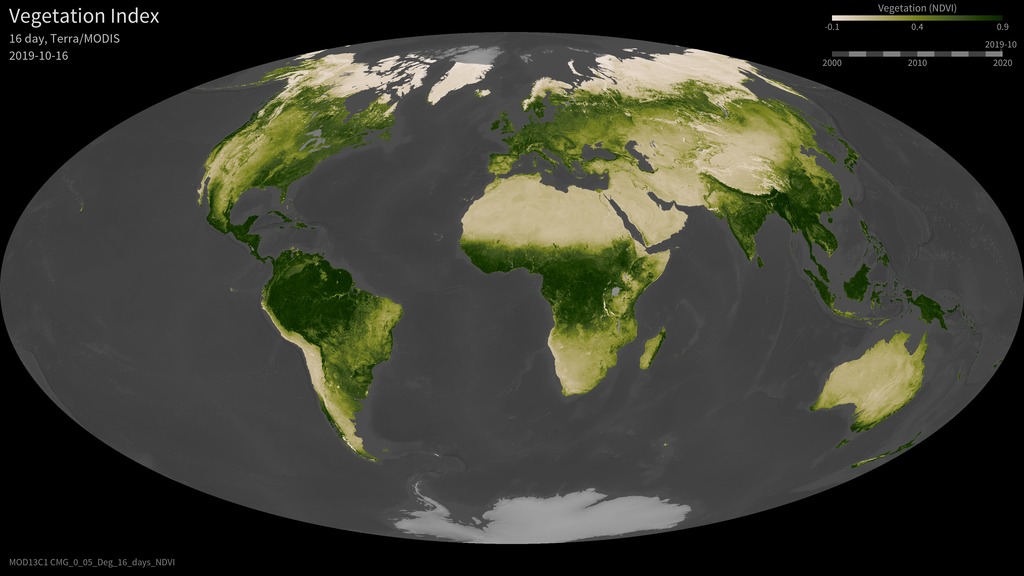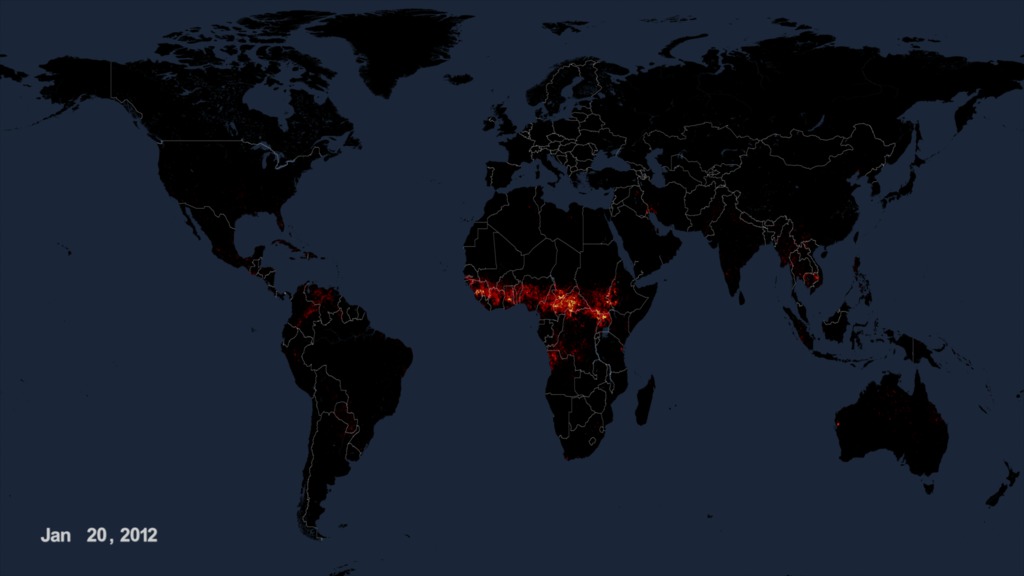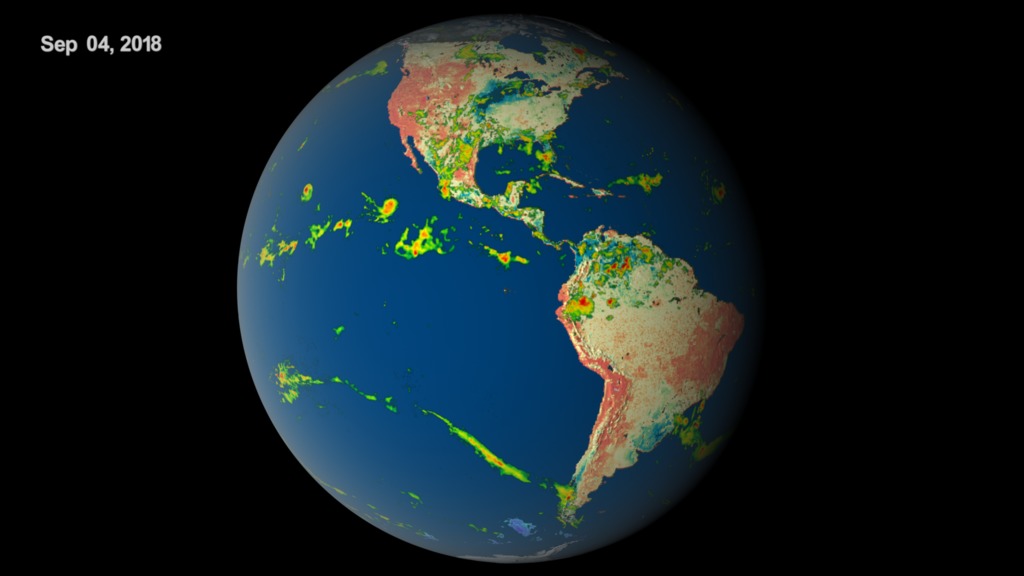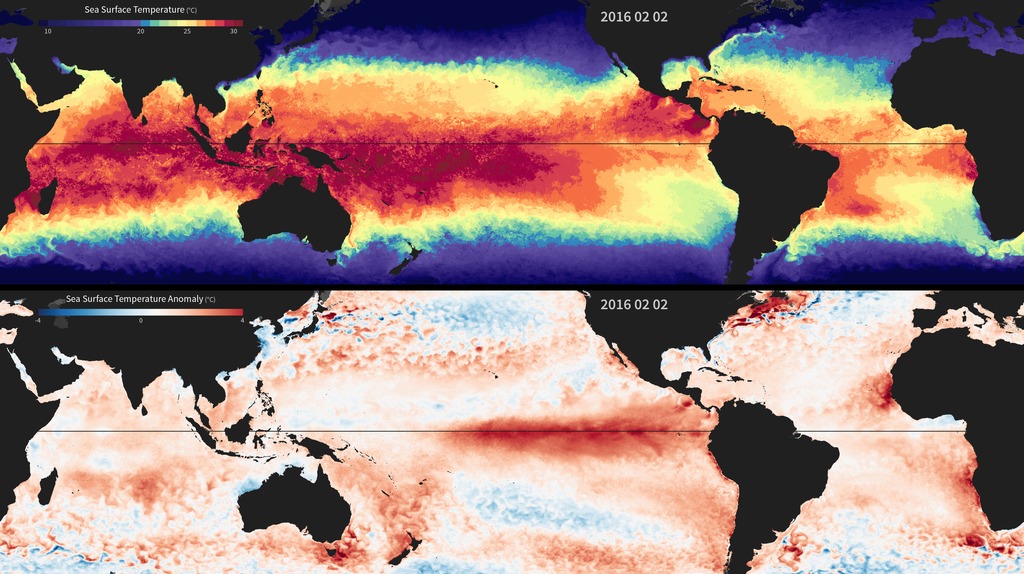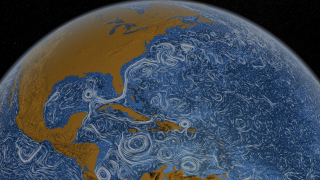Tour 2022: NASA's Upcoming Earth Missions
NASA has a unique view of our planet from space. NASA’s fleet of Earth-observing satellites provide high quality data on different parts of Earth’s interconnected environment from air quality to sea ice.
Take a tour of missions launching in 2022, including SWOT, TROPICS, EMIT, and JPSS-2.
Music: "Kitchen Preparations," "Kinky Boots," "Bossa Baby," "Pleasantville" and "Exotic Encounter" from Universal Production Music
Complete transcript available.

The Surface Water and Ocean Topography mission — SWOT — focuses on the planet’s most precious resource: Water. SWOT will help researchers compile the first global survey of Earth’s surface freshwater and study our changing ocean.

We’re also launching TROPICS — six small satellites designed to help scientists better understand tropical storms and hurricanes. Traveling in pairs in three different orbits, TROPICS will provide near-hourly observations of a storm’s precipitation, temperature, and humidity.

Winds on Earth kick up millions of tons of dust every year. EMIT will use spectroscopy to “fingerprint” different types of dust from its perch on the International Space Station, helping scientists map the areas on Earth that produce different types of dust.

We’ve worked with our partners at NOAA to study Earth for decades. In 2022, the JPSS-2 mission will continue that legacy of monitoring weather, sea surface temperatures, algal blooms, clouds, rainfall, heat, smoke, dust storms, ozone, and air quality.
Credits
Please give credit for this item to:
NASA's Goddard Space Flight Center
-
Producers
- Kathryn Mersmann (KBR Wyle Services, LLC)
- Katie Jepson (KBR Wyle Services, LLC)
- Kathleen Gaeta (Advocates in Manpower Management, Inc.)
- Jefferson Beck (KBR Wyle Services, LLC)
-
Writers
- Alison Gold (NASA)
- Ellen T. Gray (ADNET Systems, Inc.)
Release date
This page was originally published on Monday, December 13, 2021.
This page was last updated on Wednesday, May 3, 2023 at 1:43 PM EDT.

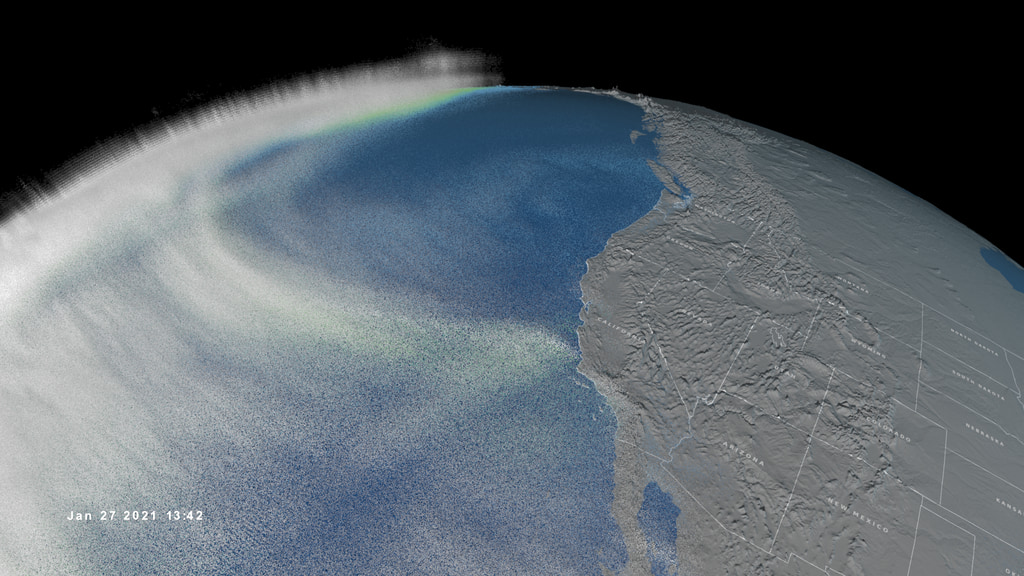
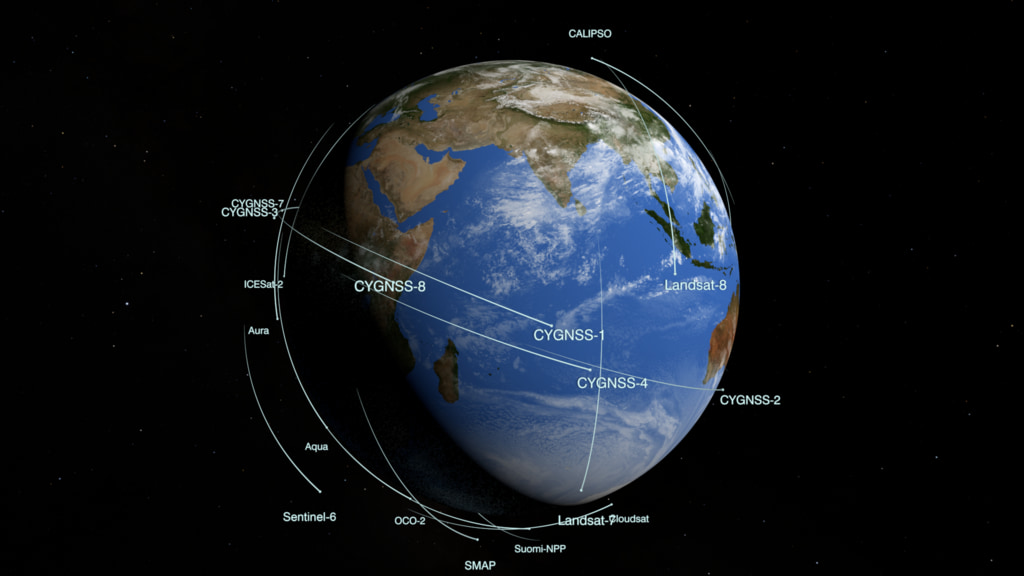
![Complete transcript available.Universal Production Music: Patisserie Pressure by Benjamin James Parsons [PRS] This video can be freely shared and downloaded. While the video in its entirety can be shared without permission, some individual imagery is provided by pond5.com and is obtained through permission and may not be excised or remixed in other products. Specific details on stock footage may be found here. For more information on NASA’s media guidelines, visit https://www.nasa.gov/multimedia/guidelines/index.html.](/vis/a010000/a013800/a013875/13875_Single.jpg)
